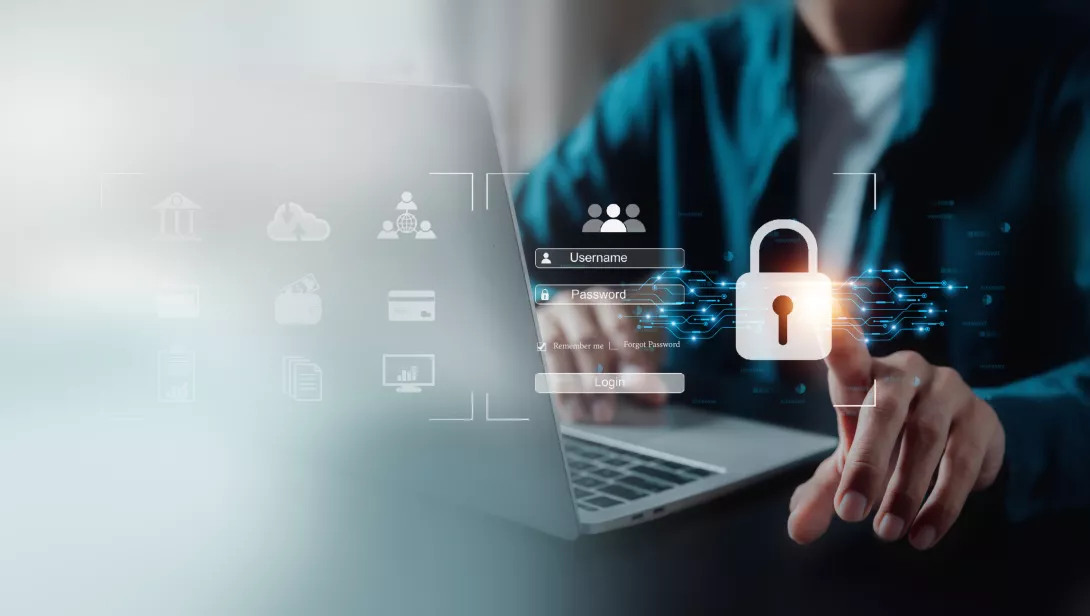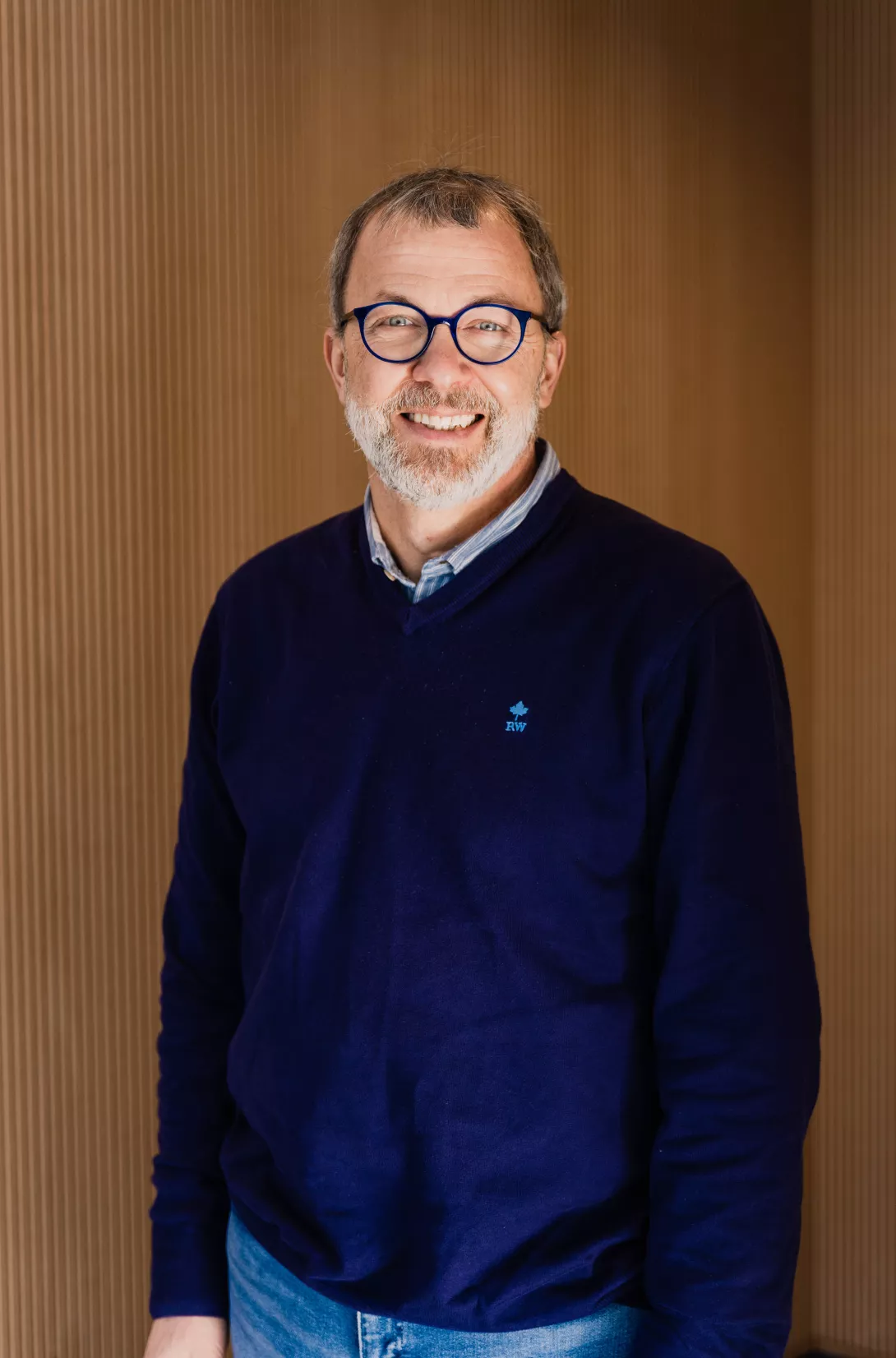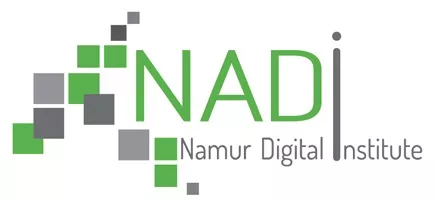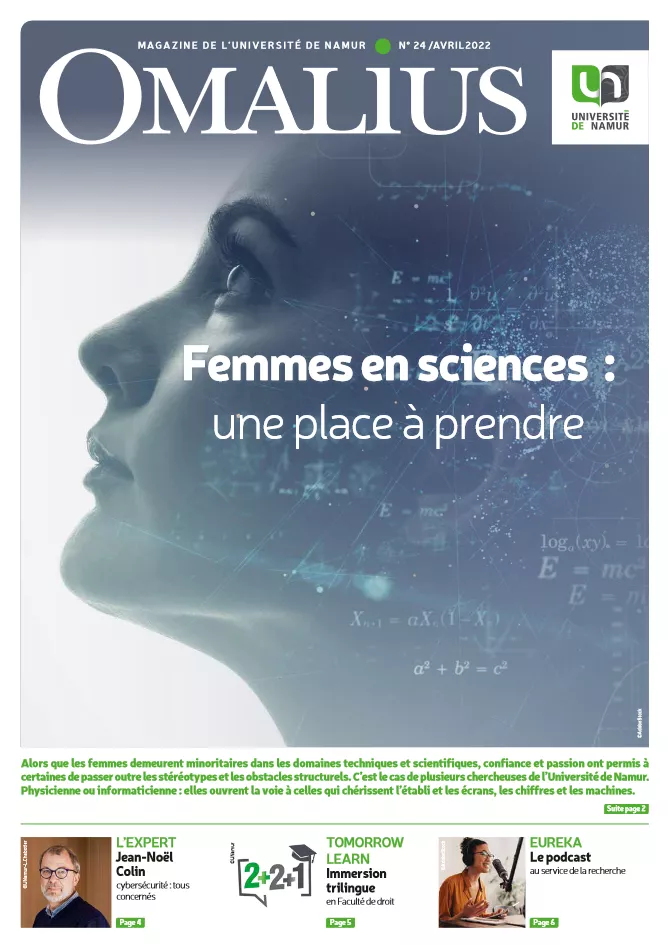Figures taken from the Cyber Readiness Report 2021, published by Hiscox Company

This interview was conducted for the "Expert" section of Omalius magazine #24 of March 2022.

With the health crisis increasing our reliance on digital technology and the current geopolitical context, are we more exposed to cyber-attacks?
The question is indeed not if we will be attacked, but when? Our lifestyles and our society as a whole mean that we are developing more and more tools, services and online actions on which we are increasingly dependent, sometimes for very intimate aspects of our lives. Nowadays, everyone uses e-health, e-commerce, e-economy, e-work, etc. Through these different doors, our exposure to cyber attacks is greater. But we can all take action. Cybersecurity is not the sole responsibility of the computer scientist or technician. The latter will mainly have to ensure that no vulnerabilities are left in the IT system. It is above all the business of each person who owns the data to be protected. Whether you are an organization or a citizen. Today, no one can say that they have nothing to protect in cyberspace; if they are not the target of the attack, they can at least be the vector.
So what are our means of action to reduce this risk?
There are many ways and they depend on different professions, from the technician to the user and the manager. But overall, to secure information, we need to work on three lines of action. First of all, there is prevention, i.e. measures must be put in place to prevent a problem from arising. For example, installing anti-virus software or implementing a cybersecurity awareness campaign. Then there is detection: if an attack occurs, we must have the means to spot it very quickly. The third aspect is recovery: after the incident, we need a system capable of recovering lost data or making a service operational again. Individually, we can already act on these three aspects. For example, setting a password to access my computer is prevention. Reporting an e-mail that seems fraudulent is also detection and prevention. In security management, the notion of risk is central. Everyone must identify the risk in terms of confidentiality, integrity, availability or authenticity of their data. And depending on this risk, means such as those mentioned above must be implemented to reduce it to a minimum.
How does the cybersecurity expert intervene in these three lines of action?
In our team at UNamur, we work on network security and the development of decoys, among other things. The idea is to have a decoy that attracts the attention of the attacker. By scanning the network, the attacker will identify a vulnerable machine and will try to enter it. This machine is ours. And we try to capture information on how the attacker proceeds. We are also working on the security of connected objects or on evaluating the security of existing devices. For example, we are currently working with Canadian colleagues on an autonomous agricultural machine that can detect ripe broccoli and harvest it. This is effective, but it also raises questions of computer security, which we are analyzing.

One of the strengths of your research is that, within the NaDI Institute, you work closely with lawyers specialising in cyber security.
Yes, indeed, this complementarity between lawyers and computer scientists is essential to carry out our research with relevance. The legal and regulatory framework has an increasing impact on the design and operation of information systems. Take for example the GDPR, which requires us to protect our data in a range of IT devices.
Fighting cyber-attacks is an intense challenge. What do you see as the central challenge to best protect our IT devices in the years to come?
Cyber attackers are becoming increasingly organised, structured and better equipped. Attacks are therefore becoming more and more complex. And at the same time, IT systems are becoming more and more present in our lives. So yes, the challenge is huge, with political, strategic and economic stakes that go far beyond the security of information systems alone. Where we can act is by developing a real culture of security in everyone: from the user, to the application designer, to the operators. This is one of the keys in this fight: that everyone feels concerned by cybersecurity and acts at his or her level, knowingly.
Cybersecurity at the UNamur
In research
Within the NaDI Institute, UNamur researchers from different disciplines (computer science, law, economic, social and management sciences) carry out cutting-edge research on the subject of cybersecurity. Two examples:
- The SPARTA project (Special Projects for Advanced Research and Technology in Europe), funded by the EU's H2020 programme. The objective is to develop and implement high-level research and innovation actions in the field of cyber security. Professor Jean-Marc Van Gyseghem and researcher Manon Knockaert, both from UNamur (NaDI-CRIDS), provide expertise in the legal aspects of data protection.
- The CyberExcellence project, financed by the Walloon Region, which aims to position Wallonia as a major player in cybersecurity on the national and international scene. Several professors from the Faculty of Computer Science are involved and new researchers will be hired at UNamur to work on this project.
In education
- The Master 120 with a specialised focus (Co-diploma with the Université catholique de Louvain, the Université libre de Bruxelles, the Haute École de Bruxelles, the Haute École libre de Bruxelles - Ilya Prigogine and the École Royale Militaire).
- A specific option in cybersecurity within the Master in Computer Science.
- The Master in Computer Systems Architecture of Hénallux in which the Faculty of Computer Science is strongly involved.
This article is taken from Omalius magazine #24 of March 2022.
